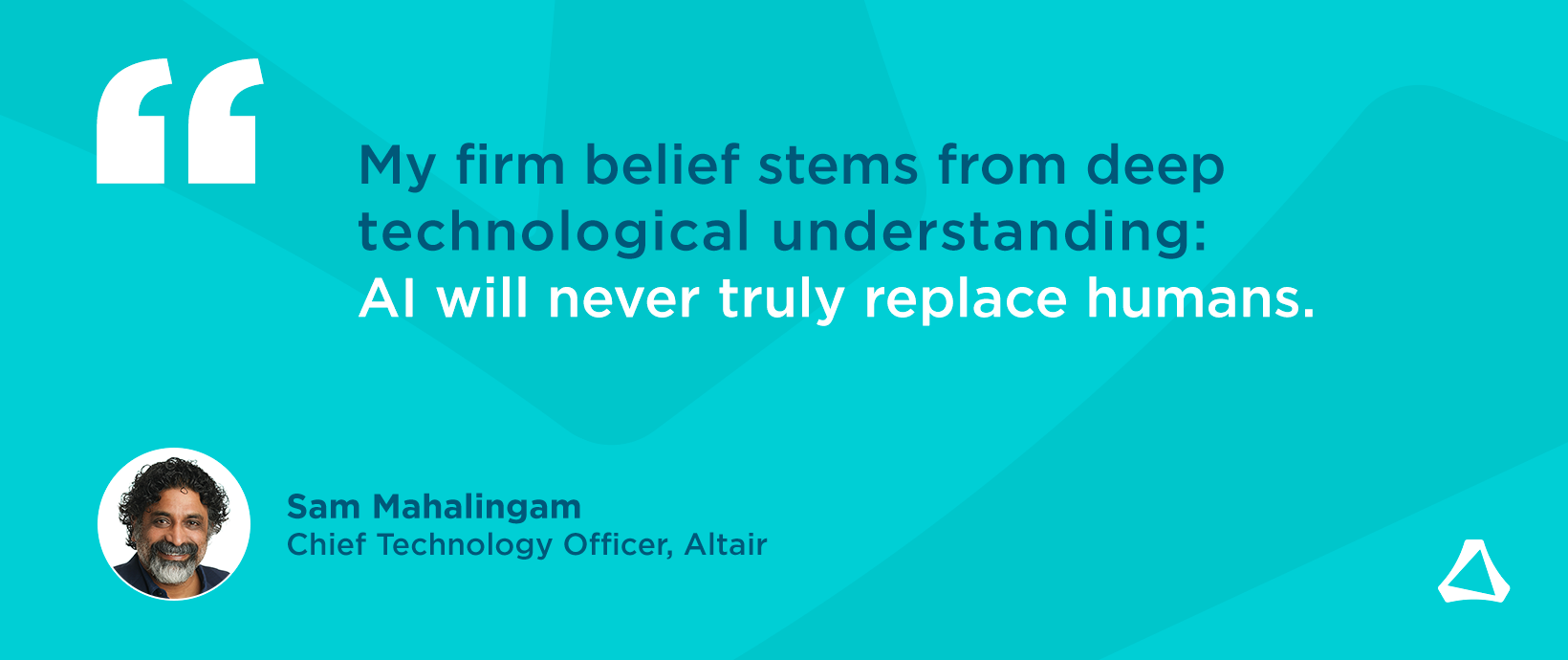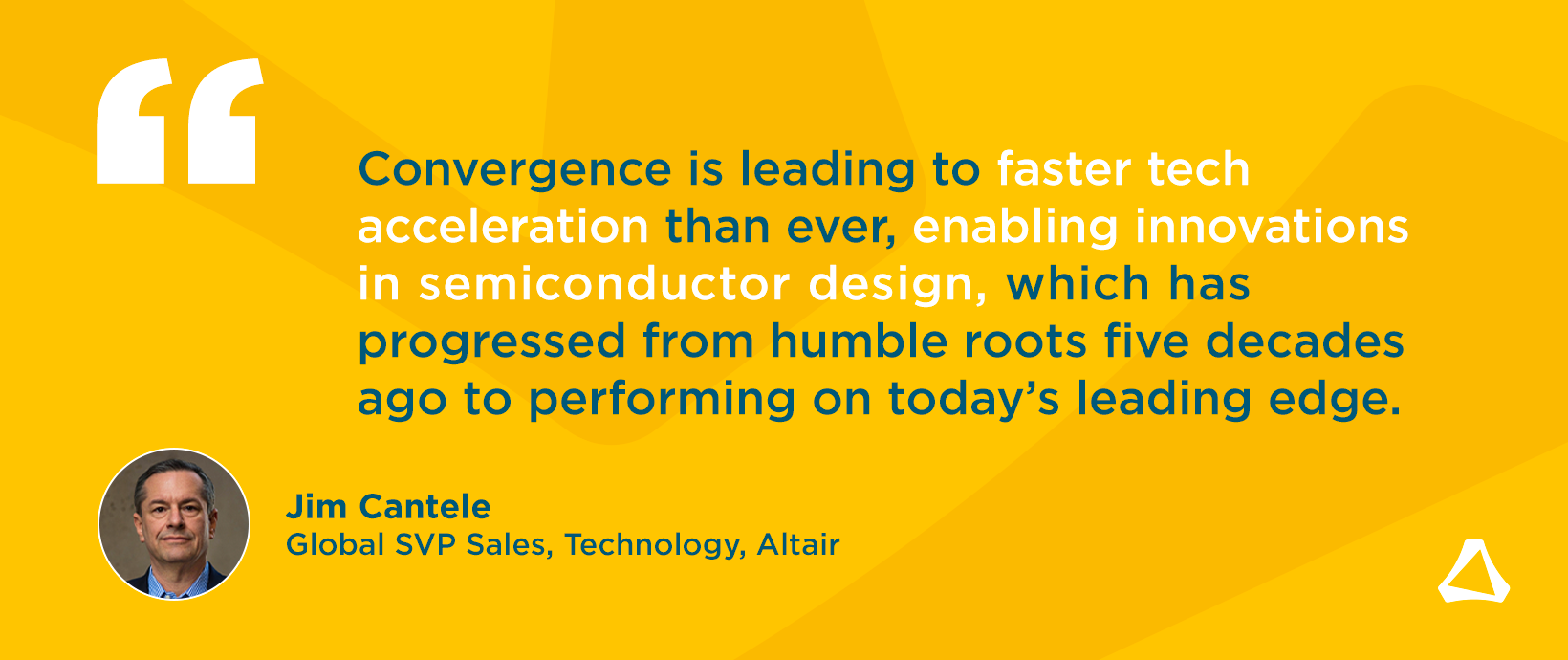Four Technology Trends That Will Transform Data Analytics

One of the most striking aspects of the response to COVID-19 is the role being played by data analysis. In the fight to slow transmission rates and mitigate risk to human life, national governments are developing and refining their strategies on the basis of continually changing metrics and predictions. Not surprisingly, experts in areas such as statistical modelling have moved to the center stage, helping those in power to identify and implement the right policies at the right time.
For many of us, the power of data to provide deep insight and inform the decision-making process will come as no surprise. Indeed, it has proved one of the defining features of industry and enterprise over the past few years.
In the commercial world, the impact has been dramatic. However, in many respects, we’ve barely scratched the surface of what’s possible. Going forward, the convergence of several emerging technology trends will rewrite the data analytics rulebook. Not only in terms of speed, accuracy and intelligence, but also in enabling far-reaching democratization.
The four trends from Gartner’s “Top 10 Strategic Technology Trends for 2020” I’m watching closely are augmented analytics, continuous intelligence, augmented data management and automated machine learning (AutoML) / explainable AI. Over the course of the year, I’ll be using my blog posts to explore the substance behind them, and what benefits they are set to deliver. But let’s start with some straightforward introductions:
- Augmented analytics represents the next wave of disruption in the data and analytics market. Leveraging the latest natural language processing (NLP), artificial intelligence (AI) and machine learning (ML) techniques, it promises to transform how analytics is developed, consumed, and shared.
- Continuous intelligence is a design pattern in which real-time analytics are integrated within the business operation. By processing both current and historical data, it prescribes the best course of action in response to events as they unfold. As a result, it can support or even automate the real-time decision-making process.
- Augmented data management / data discovery and data catalogs leverage ML capabilities and AI engines to find and understand data and make enterprise information management categories – including data quality, metadata management, master data management, data integration, as well as database management systems (DBMSs) – self-configuring and self-tuning.
- AutoML / explainable AI models are increasingly deployed to augment and replace human decision making. However, in some scenarios, businesses must justify how these models arrive at their decisions. To build, application leaders must make these models more interpretable and explainable.
Perhaps most exciting is that these trends will fuel another: the rise of the citizen developer and citizen data scientist. In fact, it’s something we are already witnessing. Subject matter experts are taking on no-code development of cloud-based business applications and people, whose primary job function lies outside the domain of data science, are creating models that leverage predictive or prescriptive analytics. Look for this topic in future blog posts.
In uncertain and troubled times, good news comes at a premium. The next generation of data analytics will have a host of different applications, across a myriad of different sectors. However, it’s not unreasonable to hope that they will include helping society react effectively to the gravest challenges, and at this moment, that’s something we can all clearly agree with.





